Introduction: Fuel Your Day with Protein-Rich Fruits in Your Shakes
When it comes to building a nutritious shake, most people reach for the usual suspects—protein powders, milk, nut butters, or leafy greens. While these are all great options, there’s a category of whole foods that often gets overlooked in the conversation around protein: fruits. Yes, fruits are typically praised for their high vitamin, antioxidant, and fiber content, but some of them also offer a surprising amount of plant-based protein.
Incorporating protein-rich fruits into your smoothies or shakes is not only a smart way to enhance the flavor and natural sweetness, but it also helps make your drink more nutritionally complete. Whether you’re a gym-goer needing post-workout fuel, a busy professional seeking a meal replacement, or simply someone trying to make healthier food choices, these fruits can play an important role in helping you meet your daily protein requirements—without sacrificing taste or relying entirely on supplements.
Accordingly Mohit Tandon from Illinois, nine protein-rich fruits that can boost your shakes, giving you both a protein punch and a powerhouse of nutrients in one glass. We’ll explore their nutritional profiles, health benefits, best combinations, and how to prepare them for blending. By the end, you’ll have an arsenal of ideas to keep your shakes exciting, satisfying, and protein-packed.
1. Guava: The Tropical Protein Giant
When it comes to protein-rich fruits, guava tops the list. This tropical fruit is not only vibrant and refreshing but also incredibly nutrient-dense. A single cup of raw guava can provide over 4 grams of protein, which is surprisingly high for a fruit. This makes it an excellent choice for those looking to add more protein to their shakes while keeping them natural and plant-based.
Guava is also loaded with vitamin C—even more than oranges—which boosts immunity and supports collagen production. It contains fiber, potassium, and powerful antioxidants that help fight oxidative stress and support heart health. In fact, the fiber content in guava can also help slow the digestion of sugars, making it ideal for people monitoring blood sugar levels or looking for a sustained energy boost.
The best part about guava is its versatility. You can chop it fresh (with or without the seeds), freeze it in chunks for a frostier texture, or use guava puree. It pairs well with coconut water, almond milk, banana, and even spinach if you’re going for a green smoothie. The slightly tangy flavor balances beautifully with sweet elements, creating a layered taste experience in your shake.
If you’re looking to build a tropical-inspired post-workout shake, combine guava with a scoop of plant-based protein, pineapple, and some Greek yogurt or oat milk. This combination offers a complete balance of protein, fiber, natural sugars, and hydration—ideal for muscle recovery, digestion, and satisfaction. With its unmatched blend of flavor, protein, and nutrients, guava deserves a permanent spot in your blender. – Mohit Tandon Illinois
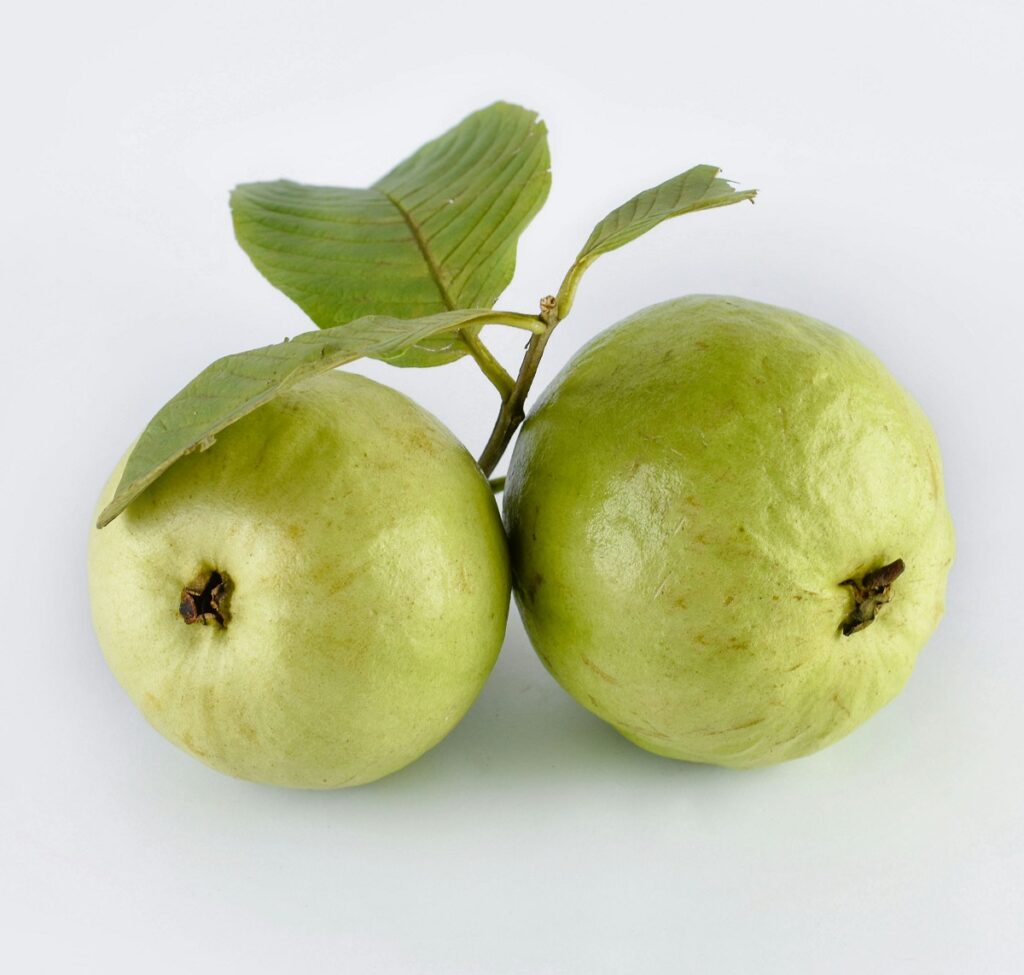
2. Avocado: Creamy, Protein-Packed, and Full of Healthy Fats
While many people associate avocados primarily with healthy fats, they often overlook their solid protein content. A medium avocado contains about 3 grams of protein, making it one of the most protein-rich fruits you can add to a shake. More importantly, it brings an incredibly creamy, silky texture that can transform your smoothie into a velvety, filling meal.
Avocados are unique among fruits. Their high monounsaturated fat content supports heart health, aids in nutrient absorption, and keeps you full longer—making them ideal for anyone seeking sustained energy and fewer cravings. They also provide a wealth of potassium (even more than bananas), magnesium, B vitamins, and vitamin E, all of which are critical for energy metabolism, muscle repair, and immune function.
When used in shakes, avocado acts like a natural thickener. You can use fresh avocado, or freeze it in chunks ahead of time for a cooler texture. Its mild flavor pairs beautifully with both sweet and savory ingredients, such as banana, cocoa powder, vanilla, berries, or even matcha.
If you’re aiming for a high-protein, low-sugar shake, blend half an avocado with a scoop of unflavored or vanilla protein powder, spinach, unsweetened almond milk, a dash of cinnamon, and ice. It creates a balanced, nutrient-dense shake that supports muscle recovery, satiety, and overall health.
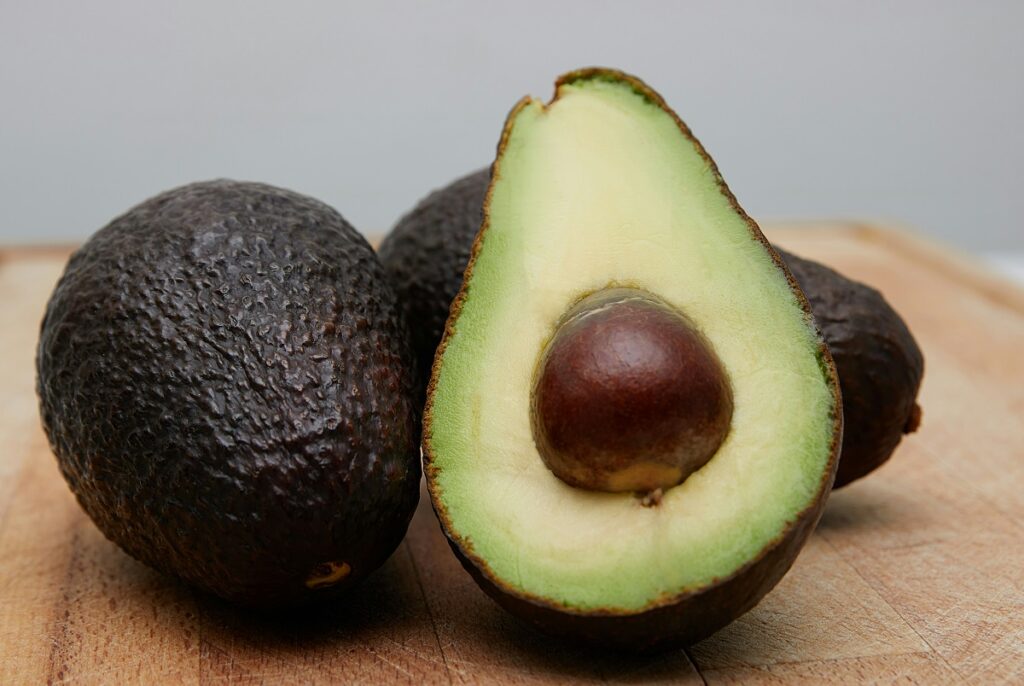
3. Jackfruit: The Tropical Superfruit with a Meaty Edge
Jackfruit may not be the first fruit you think of for shakes, but this fibrous tropical fruit is not only filling—it also contains about 2.5 grams of protein per cup, which is impressive for a fruit. Known for its use as a meat substitute in vegan cooking due to its chewy texture, jackfruit is also gaining attention for its nutritional value, particularly for those who want to boost their protein intake naturally.
In addition to protein, jackfruit is a good source of vitamin C, potassium, magnesium, and several antioxidant flavonoids. It supports immune health, helps reduce inflammation, and promotes better digestion thanks to its fiber content. It’s also relatively low in calories for the volume it provides, making it a great choice for shakes aimed at weight management.
The mild sweetness and slightly tropical flavor of jackfruit make it an interesting addition to smoothie recipes. For a tropical recovery shake, blend ripe jackfruit pieces with coconut milk, mango, a squeeze of lime juice, and a tablespoon of chia seeds or plant protein. The result is a thick, energizing smoothie that tastes like dessert but delivers real fuel.
Jackfruit is available fresh in tropical regions, but you can also find it frozen or canned (opt for versions without added syrup or salt). When used creatively, jackfruit becomes more than just a novelty—it becomes a protein-rich, energizing addition to your smoothie routine.
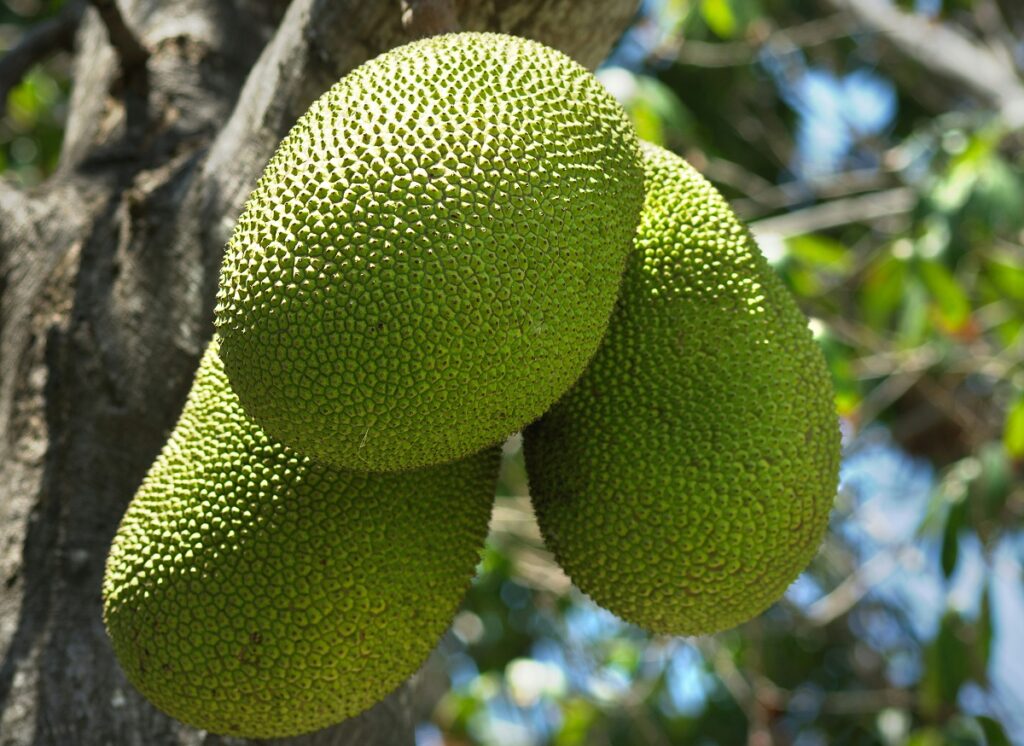
4. Blackberries: A Berry with a Protein and Fiber Edge
Blackberries are often praised for their rich color, tart flavor, and antioxidant content, but they also pack a surprising protein punch. One cup of blackberries contains about 2 grams of protein—a notable amount when combined with their high fiber content, which exceeds 7 grams per cup. This dual benefit makes blackberries excellent for shakes that support digestive health, satiety, and muscle recovery.
Blackberries are especially rich in vitamin C, vitamin K, and manganese, nutrients involved in tissue repair, blood clotting, and metabolism. They also contain polyphenols—plant compounds with anti-inflammatory and anti-aging benefits. These properties make blackberries a functional fruit for athletes and active individuals looking to support joint health and reduce oxidative stress after workouts.
The tartness of blackberries adds a bright, refreshing note to smoothies. They pair well with bananas, Greek yogurt, oats, and other berries. Their deep purple hue also makes your shake look as vibrant as it tastes.
For a post-workout recovery shake, blend a handful of frozen blackberries with half a banana, a scoop of protein powder, a tablespoon of ground flaxseeds, and oat milk. The combination of protein, fiber, and antioxidants will help you refuel and feel satisfied, all while supporting muscle and immune health.
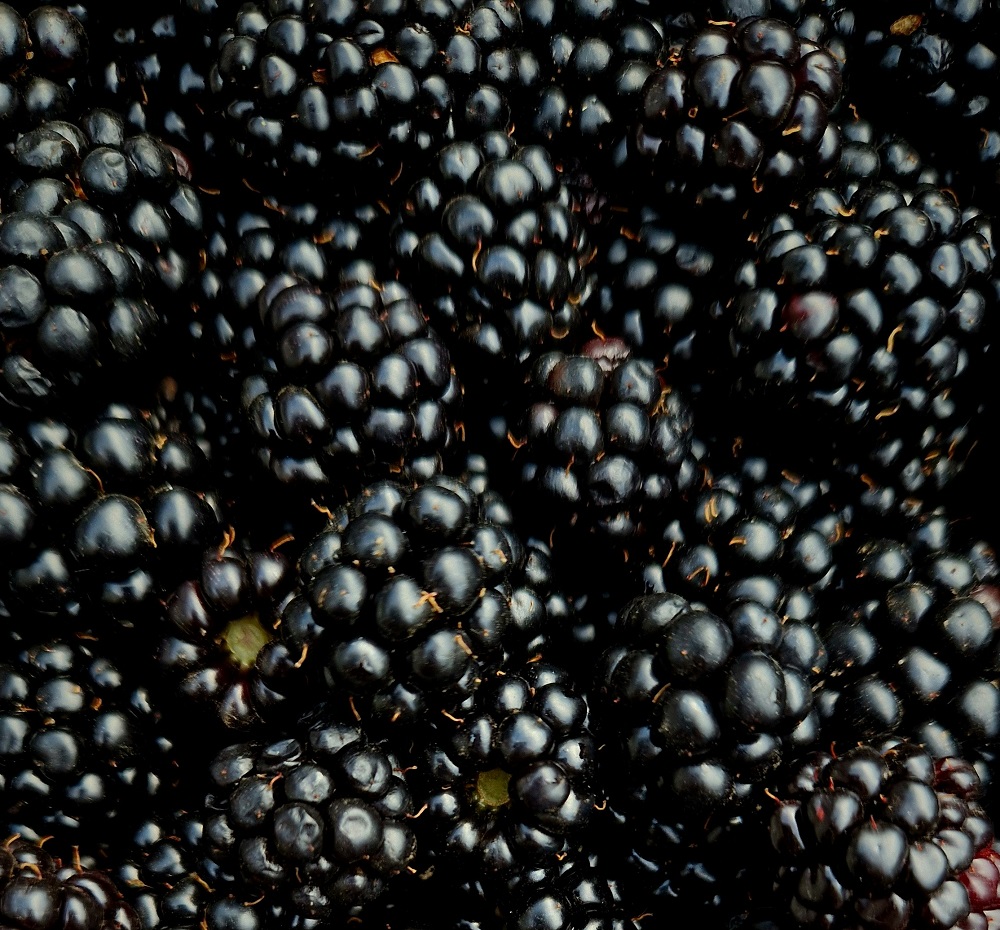
5. Passion Fruit: Small but Mighty in Protein and Antioxidants
Passion fruit, also known as granadilla or maracuja, is a small, exotic fruit with a strong tropical flavor and an impressive protein profile for its size. One cup of passion fruit pulp offers about 5 grams of protein, along with substantial fiber and a rich supply of vitamin A, vitamin C, iron, and potassium. This makes it one of the highest-protein fruits per serving, particularly when you use enough pulp to flavor an entire shake.
One of passion fruit’s standout benefits is its gut-friendly fiber, especially in the seeds, which help regulate digestion and feed healthy gut bacteria. Its high antioxidant content—especially carotenoids and polyphenols—helps reduce oxidative stress and supports immune defense, heart health, and skin repair.
Passion fruit adds a sweet-sour complexity to shakes and pairs well with creamy bases like banana, mango, coconut, or yogurt. The seeds can be left in for texture or strained out if you prefer a smoother drink.
To make a tropical antioxidant-packed shake, blend the pulp of 2–3 passion fruits with frozen mango, coconut water, a scoop of plain Greek yogurt or pea protein, and a splash of lime. This shake is light, refreshing, and packed with muscle-supportive nutrients.
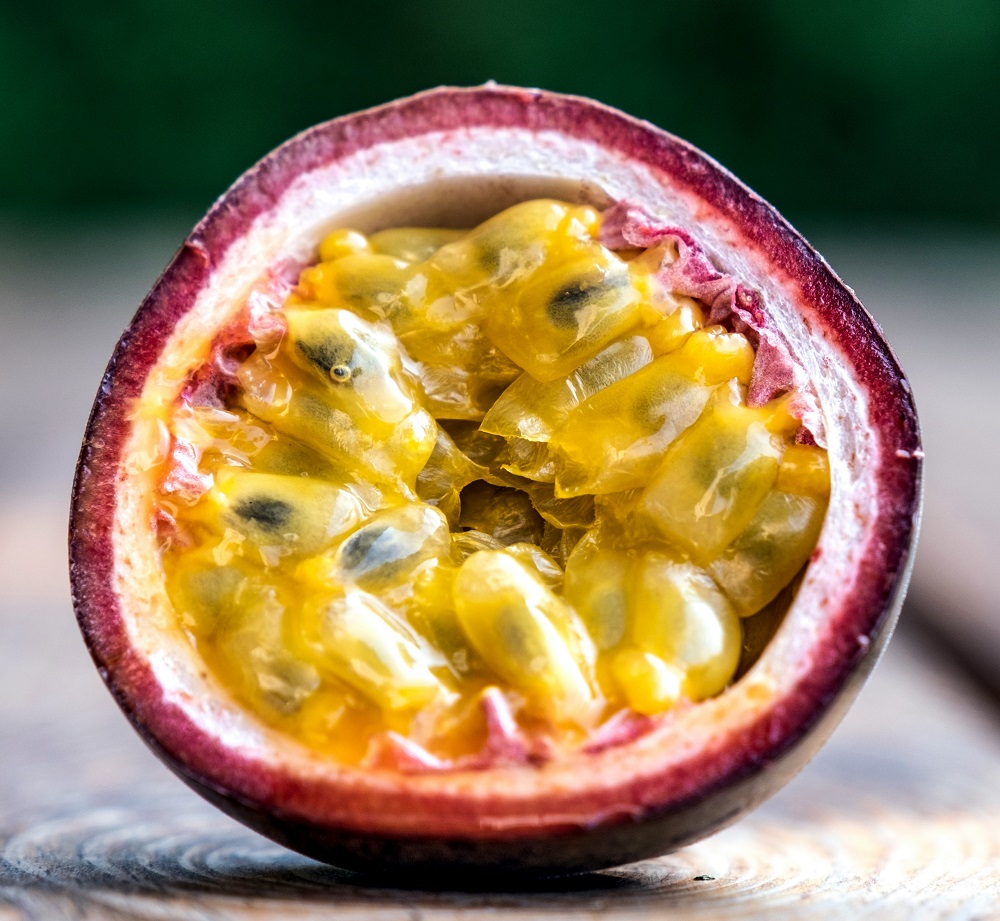
6. Raisins: Dried Fruit That Delivers Dense Nutrition
Though often dismissed as sugary snacks, raisins are actually a concentrated source of nutrients, including protein, with about 1 gram of protein per ounce (about 60 raisins). While that may sound modest, keep in mind that raisins are typically added in larger portions and provide quick energy, natural sweetness, and iron—a crucial mineral for oxygen transport and energy production.
Raisins also contain boron, a trace mineral involved in bone health and hormone regulation, as well as antioxidants like resveratrol. Their fiber content supports digestion and can help stabilize blood sugar when paired with protein and fat in a balanced shake.
Raisins blend best when soaked first in warm water or milk to soften them. This not only makes your shake smoother but also enhances the natural sweetness. Use them to replace sugar or syrup in your smoothie recipes.
For a rich, spiced shake, blend soaked raisins with almond milk, banana, oats, cinnamon, and a scoop of protein powder. It tastes like a cinnamon roll and delivers both fast and slow-burning energy, along with plant protein and fiber.
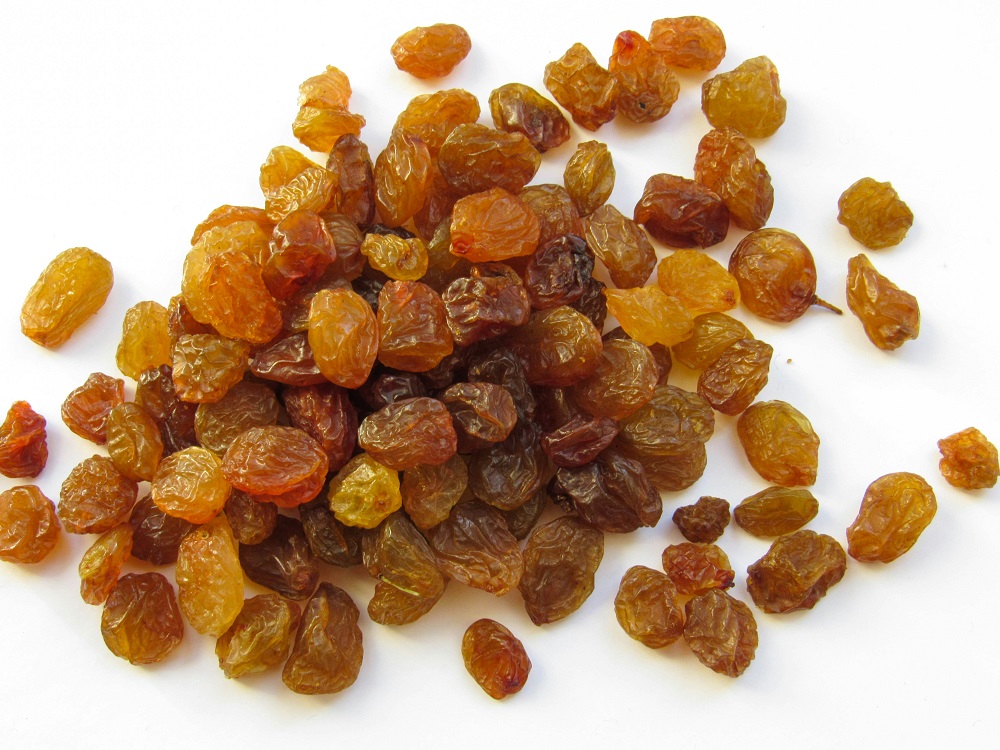
7. Mulberries: An Ancient Superfruit with a Surprising Protein Kick
Mulberries may not be as commonly found as other berries, but they’re a true superfruit when it comes to both nutrition and taste. A cup of fresh mulberries provides approximately 2 grams of protein, which is relatively high among fruits. If you’re using dried mulberries, the protein concentration is even higher—about 4 grams per 100 grams. This makes mulberries a great choice for protein-rich shakes, especially when combined with nuts or seeds.
Mulberries are rich in resveratrol, the same antioxidant found in red wine that’s known for its heart-protective effects. They also contain vitamin C, iron, calcium, and fiber, all of which contribute to stronger immunity, better bone health, and more stable blood sugar levels. Their sweet, mildly tangy flavor blends beautifully into smoothies and can even add a natural sweetness that reduces the need for honey or syrups.
For a nutrient-dense shake, try blending a handful of dried mulberries (soaked for 10–15 minutes), unsweetened almond milk, a frozen banana, chia seeds, and a spoonful of Greek yogurt. The mulberries provide depth of flavor, a chewy texture, and a protein boost that works well for breakfast or post-exercise recovery. – Mohit Tandon Illinois
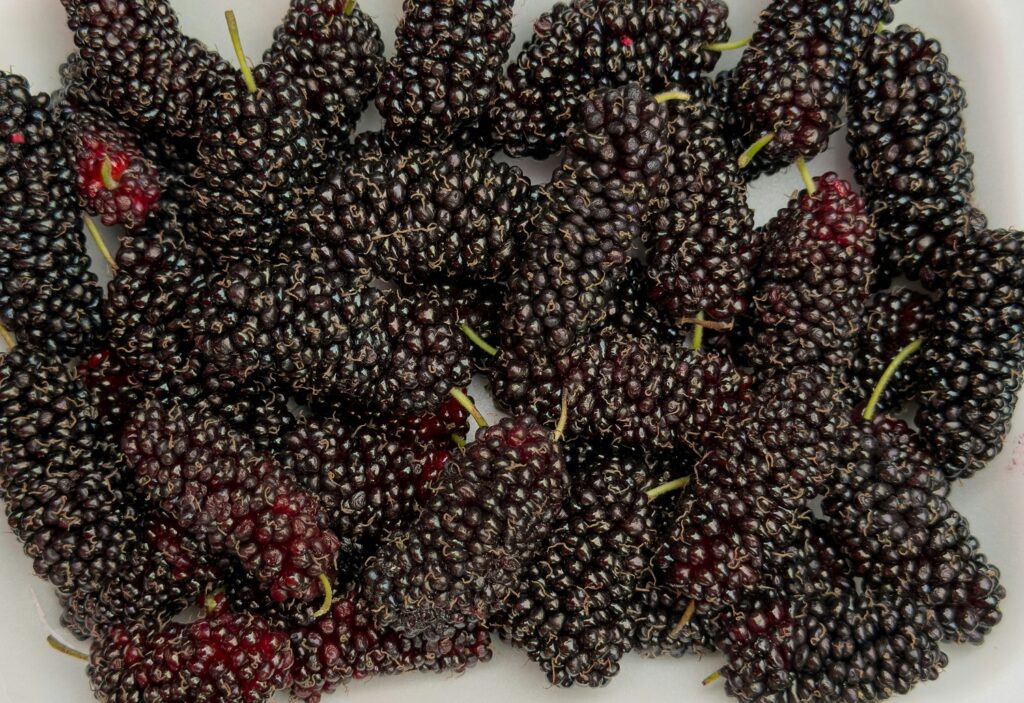
8. Figs: Fiber-Rich and Surprisingly Protein-Packed
Figs, especially when dried, are not only rich in natural sugars and fiber but also offer a decent amount of protein—about 0.75 grams per medium fig, or roughly 5 grams per cup of dried figs. This makes them an excellent ingredient in shakes for both flavor and functional nutrition.
In addition to protein, figs contain potassium, calcium, iron, and magnesium, which are essential for muscle function, bone strength, and nerve signaling. Their high soluble fiber content helps support healthy digestion and may even assist with weight management by keeping you fuller longer.
Figs have a deep, caramel-like sweetness that can complement earthy ingredients like oats, flaxseed, or cacao. They also help to create a thick, pudding-like texture when blended.
For a protein-rich fig shake, combine 3–4 chopped dried figs (soaked overnight if needed), almond or oat milk, cinnamon, frozen banana, and a scoop of your favorite plant-based or whey protein. It’s a perfect shake for anyone craving something sweet, indulgent, and deeply nourishing.
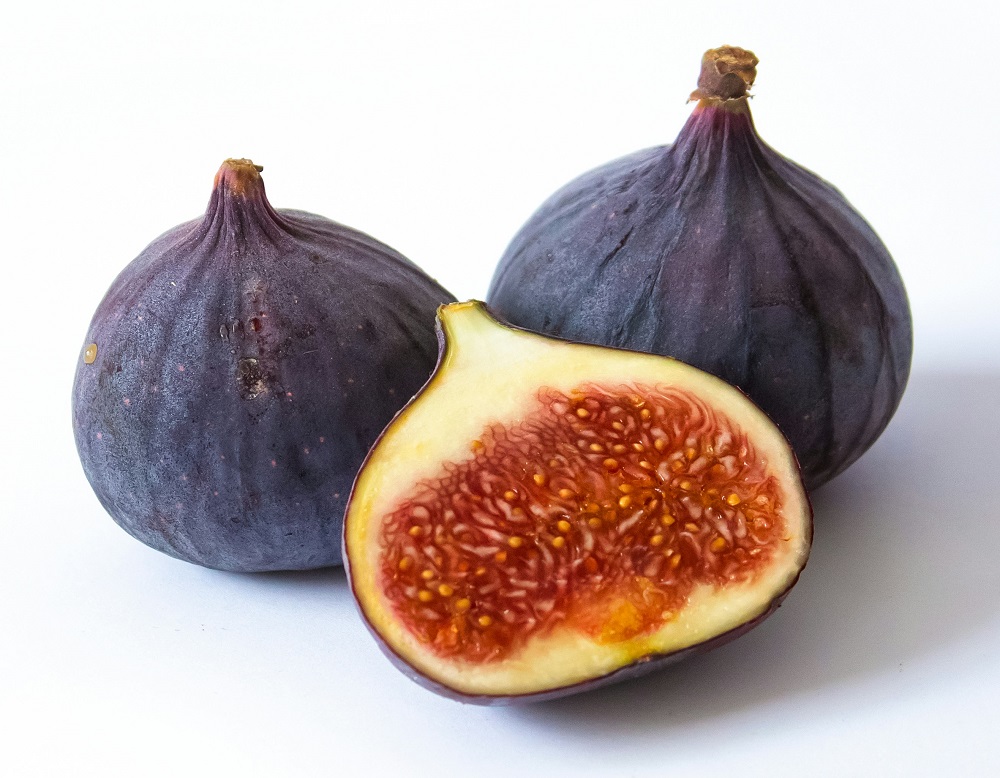
9. Dates: Nature’s Energy Bomb with Protein and Potassium
Dates are often known for their role in energy bars and natural sweeteners, but they also offer a respectable protein content—about 2.5 grams per 100 grams, depending on the variety. What makes dates exceptional in shakes is their powerful combination of natural sugars, fiber, and electrolytes, especially potassium, which is essential for muscle contraction and hydration.
In addition to their moderate protein content, dates are a rich source of magnesium, iron, vitamin B6, and antioxidants like flavonoids and carotenoids. These nutrients not only help improve recovery and reduce inflammation but also support cardiovascular and cognitive health.
Dates are often used to replace processed sugars in smoothies, but their creamy, caramel-like texture also adds body and richness to any shake. They’re particularly useful in pre-workout smoothies because they provide a quick, natural energy source paired with nutrients that support performance.
To make a protein-powered energy shake, blend 2–3 pitted dates with banana, cocoa powder, almond milk, a tablespoon of peanut butter, and protein powder. The result is a smooth, naturally sweet shake that feels indulgent but delivers long-lasting energy and essential nutrients.
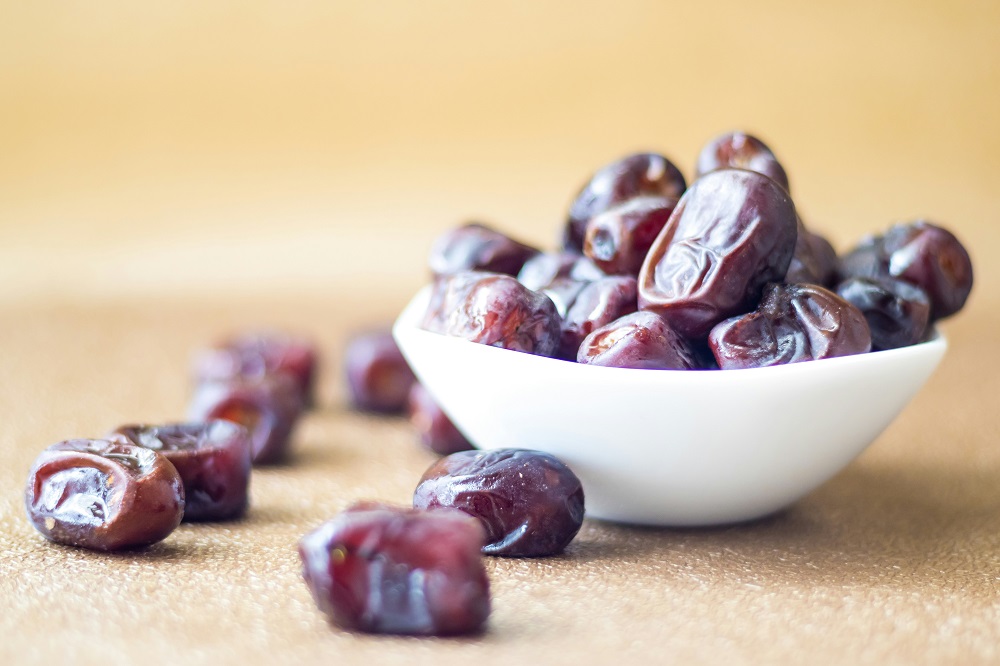
Conclusion: Power Up Your Shakes with Protein-Rich Fruits
Protein doesn’t have to come solely from powders, meat, or dairy. As we’ve seen, nature offers a surprising array of protein-rich fruits that are not only nutrient-dense but also flavorful, satisfying, and versatile in shakes. From tropical powerhouses like guava and jackfruit to fiber-rich options like blackberries, figs, and mulberries, these fruits provide a natural boost to your smoothies—supporting everything from muscle repair to immunity, gut health, and energy levels.
Incorporating these fruits into your daily shakes allows you to create balanced, vibrant, and protein-enhanced meals that taste incredible. Whether you’re using them fresh, dried, frozen, or in puree form, they elevate your nutrition without the need for artificial ingredients or excessive supplementation.
Plus, pairing these fruits with other ingredients like nut butters, seeds, leafy greens, or yogurt can turn a simple smoothie into a complete, protein-rich meal. It’s an easy, delicious way to meet your health goals—be it muscle building, weight management, or simply living a more plant-forward lifestyle.
So the next time you reach for your blender, consider swapping in one (or several) of these protein-rich fruits. Your body—and your taste buds—will thank you.
